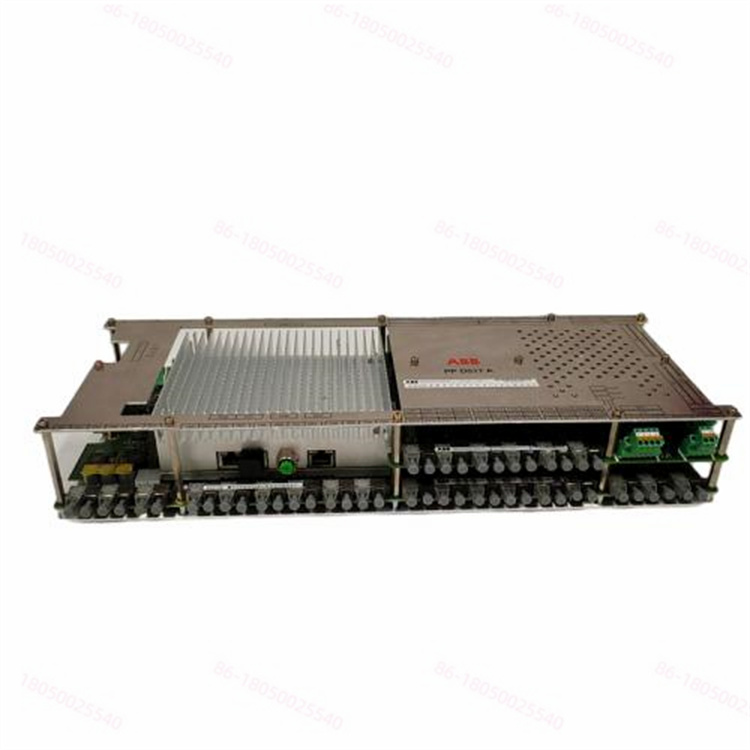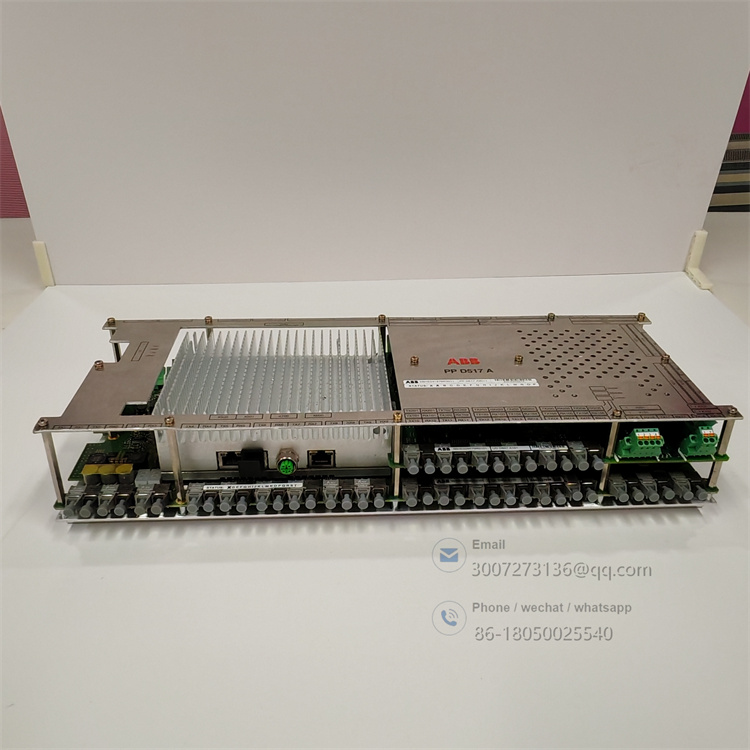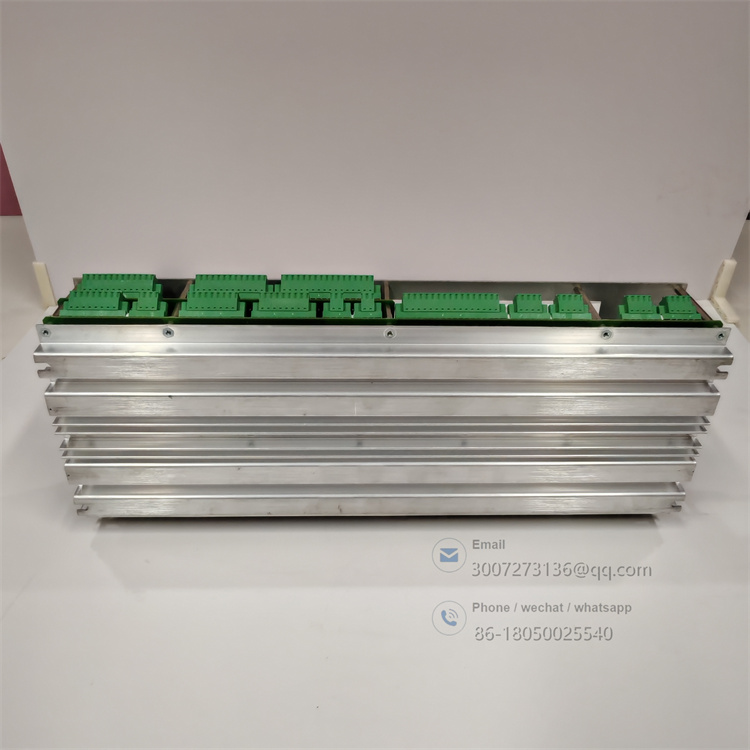Main functions and features
High performance control: using advanced microprocessor technology to achieve precise excitation control, ensuring equipment operating efficiency and stability. This high-precision control is achieved through high-performance processor chips that can quickly respond to various control requests and have fast data processing speed and efficient computing capabilities.
Multifunctionality: Supports multiple excitation modes, including voltage regulation, current regulation, power factor control, etc., suitable for different working conditions and application requirements. This multifunctionality enables the excitation controller to be widely applied in various industrial scenarios, meeting the diverse needs of users.
Automatic regulation and protection: Equipped with adaptive control algorithms and protection functions, it can automatically adjust the excitation current to prevent faults such as overexcitation, underexcitation, and overheating. These protective functions ensure the long-term stable operation of the equipment, reducing potential equipment damage and maintenance costs.
Communication capability: Supports multiple communication protocols (such as IEC 61850, Modbus, etc.), facilitating data exchange and remote control with upper computer monitoring systems, PLCs, and other devices. This communication capability enables the excitation controller to be easily integrated into existing automation systems, improving the flexibility and scalability of the system.
User friendly: Equipped with a graphical user interface and intuitive configuration software, making parameter settings, fault diagnosis, and maintenance operations simpler and faster. This user-friendly design greatly reduces operational difficulty and makes daily maintenance easier.
If you have any other questions, please contact us and we will reply and deal with them as soon as possible.




